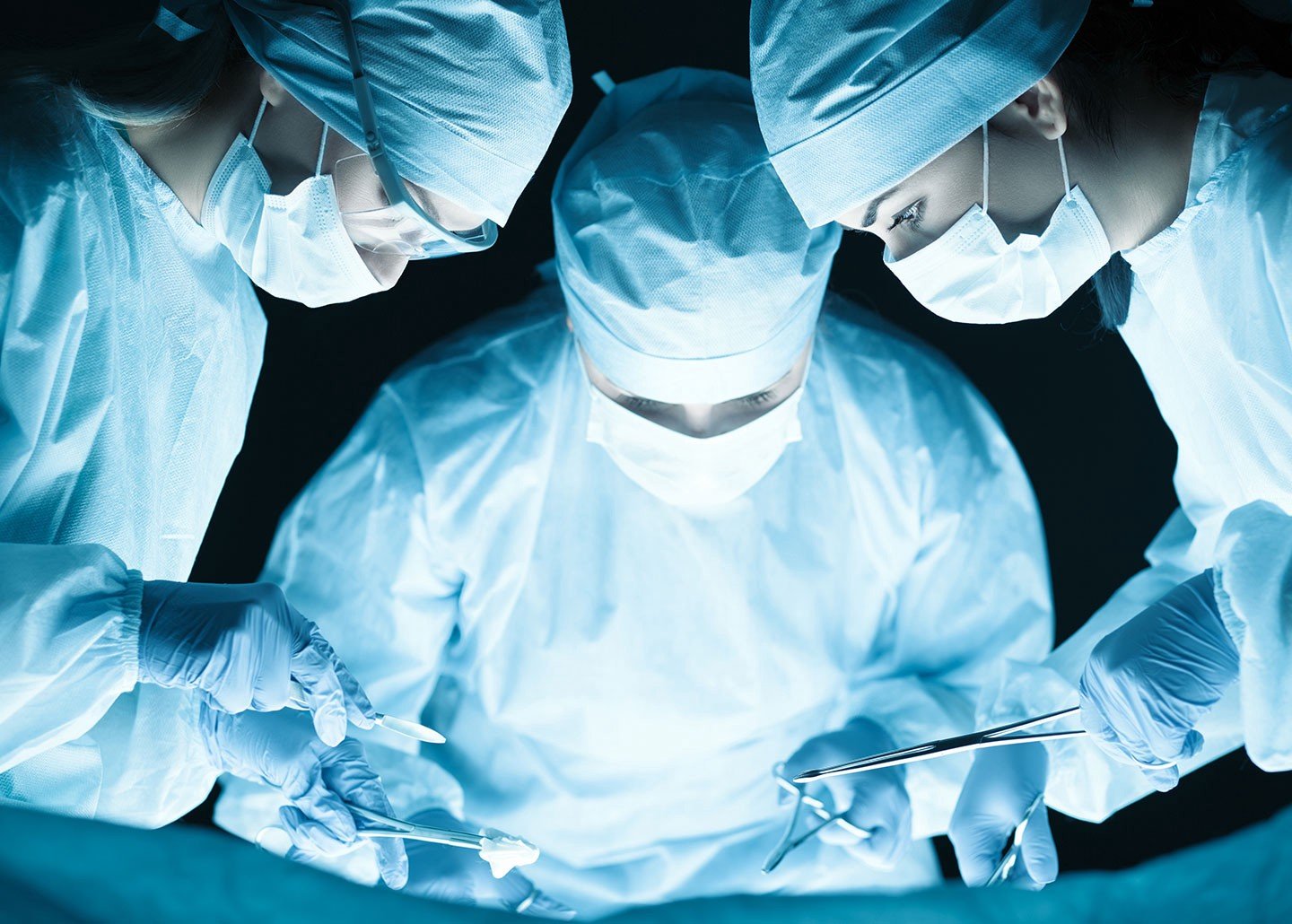Heart Health
Open-Heart Surgery Overview – Procedure, Benefits, And Risk

Open heart surgery is defined as any kind of surgical procedure that involves surgically opening the chest and performing any clinical, surgical procedure on the muscles, arteries, and valves of the heart.
As stated by the National Heart Lung and Blood Institute (NHLBI), Coronary Artery Bypass Grafting (CABG) is the most prevalent type of surgical procedure of the heart performed on adults.
Contents
Open-Heart Surgery Overview – Procedure, Benefits And Risk
Open heart surgeries are often referred to as traditional procedures since nowadays modern techniques include making a small cut on the chest instead of open wide cuts.

What the procedure looks like:
The basic strategy of the procedure is to attach a healthy artery or vein to the blocked artery or vein so that the blood can bypass through this healthy channel without getting disturbed within the blocked artery or vein.
As stated by the National Institute of Health, the procedure can take a varying time anywhere between 3 to 6 hours and is usually done following the steps as mentioned below.
General anesthesia is administered to the patients that ensure that the individual is asleep throughout the surgery, and it is a pain-free experience for the patient.
An average of 8-10 inch incision is made on the chest of the patient by the operating surgeon.
As the heart becomes visible to the surgeon, it can be connected to a heart-lung bypass machine. This machine steers the blood away from the heart to facilitate the surgical procedure. However, some new techniques have foregone the use of this machine.
A healthy vein or artery is used around the blocked one by the surgeon to ease the movement of blood.
The chest bone is then closed by the surgeon using a wire, which is left within the body.
The initial cut on the chest muscle is closed using stitches.
A procedure called sternal plating is often involved. This refers to the joining of the breast bone using a titanium plate followed by the surgery.
Sternal plating is adopted for patients with higher risk factors like those with a history of multiple surgeries or with patients of older age.
Which patients need open-heart surgery:
Open heart surgery or interchangeably referred to as Coronary Artery Bypass Grafting (CABG), is advised to patients suffering from Coronary Heart Disease.
Coronary Heart Disease is defined as a condition in which the arteries that carry blood and oxygen to the heart are narrowed down and hardened.
This hardening of the artery walls is caused by the deposition of fatty materials that take up the configuration of plaque deposit.
This plaque deposit makes it difficult for the blood to pass through it, and such hampered blood induces the probability of heart attack in individuals.
Besides the above-mentioned clause, open heart surgery is also done for instances like, replace or repair of damaged valves, which is the main doorway of blood flow.
The procedure can be undertaken to repair damages and anomalies within the heart.
Open heart surgeries are also done to implant medical devices that facilitate the proper rhythmic beating of the heart.
This procedure is also applied for a heart transplant, implanting a healthy heart received from a donor in place of a defective one.
The risk factor associated with open-heart surgery.
Open heart surgeries are coupled with certain risk factors including heart attack or stroke, irregular heartbeat, kidney or lung failure, low fever and chest pain, memory loss, blood clotting, blood loss, pneumonia, and infection on the surgery site on the chest, however, this is more common in patients with diabetes, obesity or prior Coronary Artery Bypass Grafting (CABG) procedures.
The heart-lung bypass machine used in some surgeries induces higher risks in patients, including neurological problems and strokes, as stated by the Heart and Vascular Center at the University of Chicago Medicine.
The road to open-heart surgeries.
It is advisable on the part of the patients to be honest with their physician regarding their prescribed daily drugs, over-the-counter medications, vitamins that they consume.
Doctors should also be informed about any underlying medical conditions, like herpes, flu, or fever. Smoking has to be quit weeks before the surgery. It is advisable to discuss alcohol consumption patterns as well with the doctor.
The follow up:
The patient is usually attached to heart monitoring machines and kept at the Intensive Care Unit for better supervision.
These are generally followed by the caring of the surgery site, taking pain management medications, getting enough rest and sleep, and taking a rehabilitation program if dealing with anxiety or depression.






















